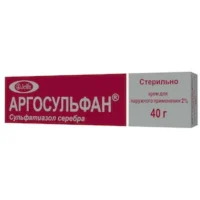Description
Roaccutan (Isotretinoin) Capsules 20 mg. №30
Ingredients:
- Each capsule contains 20 mg of isotretinoin as the active ingredient.
Dosage:
- The usual recommended dose is 0.5 to 1 mg/kg per day, taken with a meal.
Indications:
- Roaccutan capsules are indicated for the treatment of severe recalcitrant nodular acne.
Contraindications:
- Do not use Roaccutan if pregnant or breastfeeding. It is contraindicated in patients with hypersensitivity to isotretinoin.
Directions:
- Take Roaccutan exactly as prescribed. Swallow the capsule whole with a full glass of water to prevent throat irritation.
Scientific Evidence:
Isotretinoin, the active ingredient in Roaccutan, is a retinoid that reduces the size of skin oil glands and oil production, preventing acne formation and promoting skin healing. Studies demonstrate its high efficacy in treating severe acne unresponsive to other therapies.
Additional Information:
- Regularly follow up with your healthcare provider to monitor for potential side effects. Effective contraception is crucial during treatment to prevent birth defects.
- Roaccutan is a first-line treatment for severe nodular acne, supported by clinical trials showing its efficacy and safety profile when used correctly.





